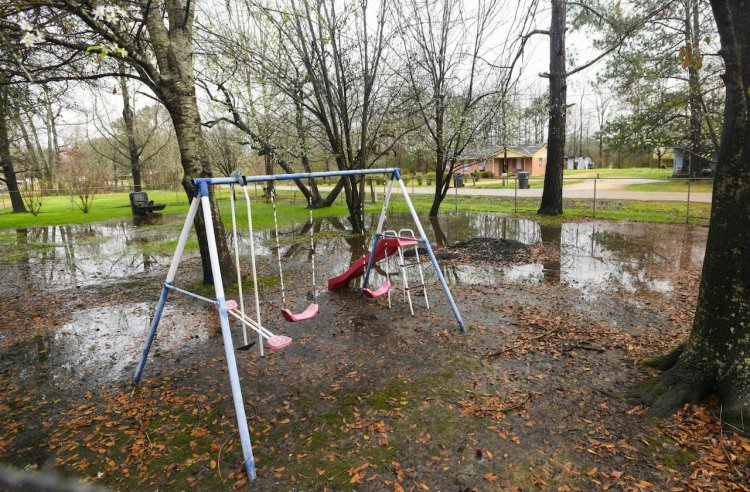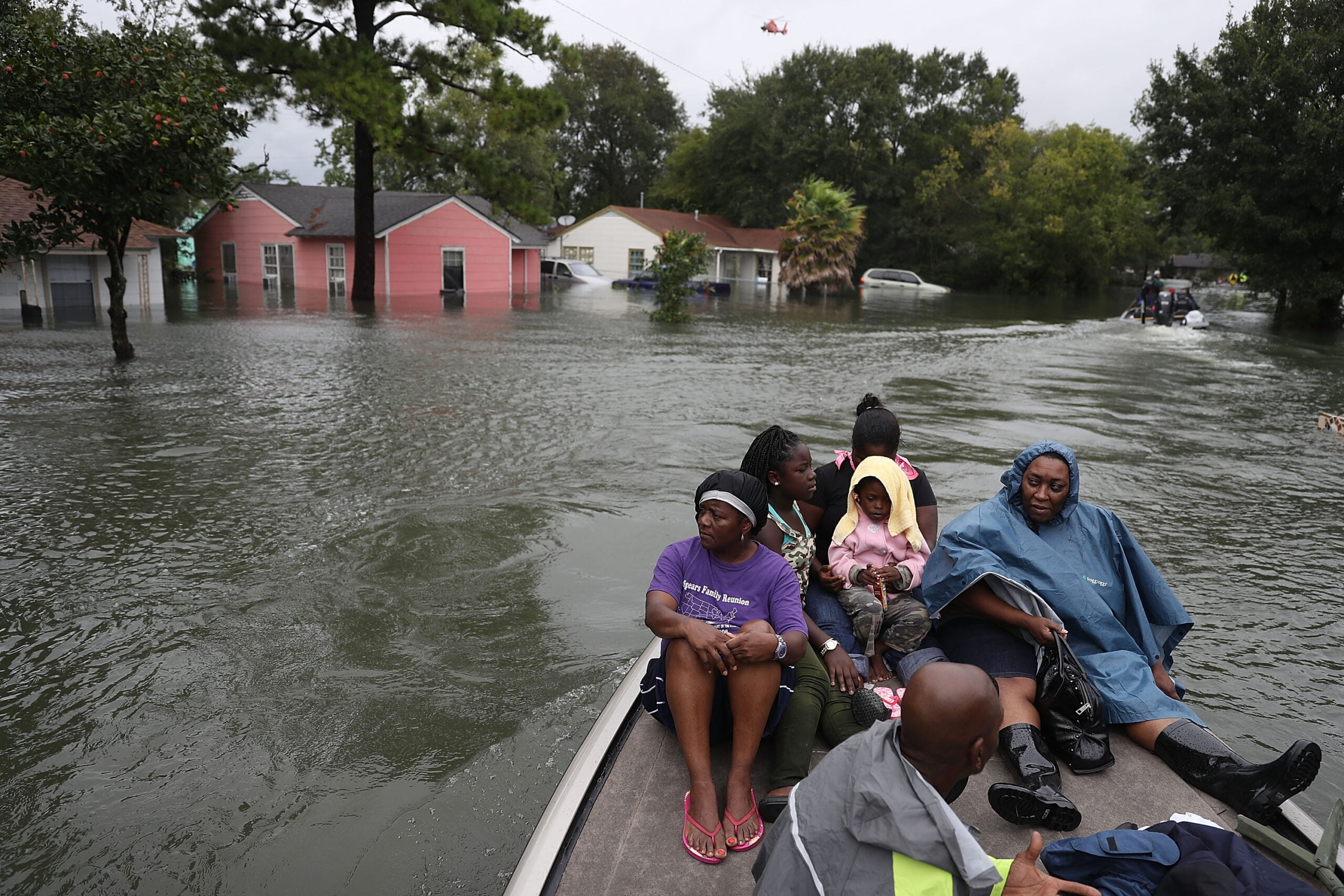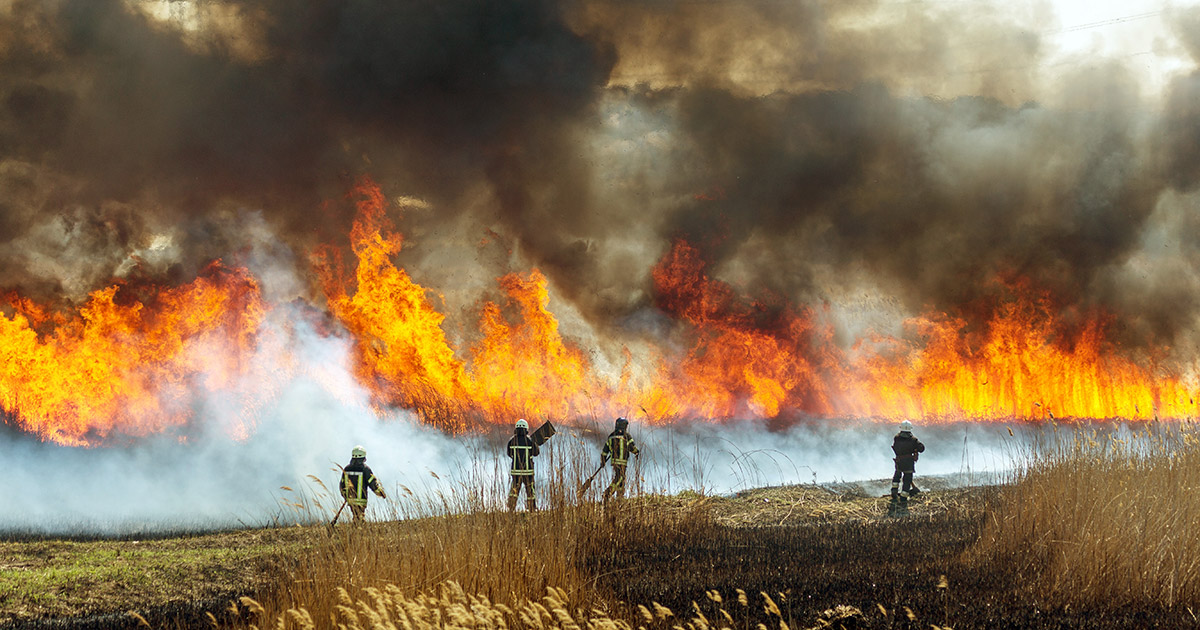Impact of the Latest Weather Events on Alabama's Communities
Alabama, located in the southeastern United States, is no stranger to extreme weather events. From hurricanes and tornadoes to severe thunderstorms and flooding, the state is frequently impacted by weather systems that pose significant threats to its communities. In recent years, the frequency and intensity of weather-related disasters have raised concerns about the resilience of Alabama's infrastructure and the preparedness of its residents.

1. Understanding Alabama’s Vulnerability to Extreme Weather
Alabama’s geography and climate make it particularly vulnerable to extreme weather events. The state experiences a combination of humid subtropical conditions and proximity to the Gulf of Mexico, which makes it prone to tropical storms, hurricanes, and tornadoes. Additionally, the state's location along "Tornado Alley" means it regularly faces severe tornadoes during the spring and fall months.
Recent weather patterns have shown a disturbing trend: more frequent and intense weather events, which have profound implications for Alabama's communities. As climate change exacerbates weather instability, Alabama must adapt to new patterns and build more resilient infrastructure to mitigate damage.
2. The Recent Impact of Hurricane Season on Alabama’s Coastal Communities

Alabama’s coastal regions, including cities like Mobile and Gulf Shores, are particularly vulnerable to the impacts of hurricanes. The 2024 hurricane season brought several major storms, with Hurricane Ida being one of the most significant to affect the state. While the Gulf Coast often braces for hurricane impacts, the scale and severity of these storms are growing, with increasing frequency of storm surges, high winds, and heavy rainfall.
Flooding and Property Damage
One of the most immediate impacts of hurricanes is flooding. Coastal communities in Alabama, particularly those near Mobile Bay, are frequently affected by storm surges that flood streets, homes, and businesses. In addition to flooding, high winds can cause widespread damage to structures, uproot trees, and lead to power outages. The financial toll of repairing or rebuilding homes and infrastructure is significant, and local economies can be slow to recover.
For example, Hurricane Ida led to widespread flooding in parts of Mobile and Baldwin counties, with residents facing prolonged displacement and a significant rebuilding effort. The financial cost of such events is staggering, with tens of millions of dollars spent on recovery efforts, much of which falls on local governments and residents.
Economic Disruptions
The impact on businesses can be profound. Coastal tourism, a major industry in Alabama, faces interruptions during hurricane seasons. Hurricane events often lead to hotel and resort closures, cancellations of events, and damage to local attractions. For local businesses, especially small businesses, the effects can be catastrophic, often forcing them to close temporarily or permanently.
The damage to agriculture is also a concern in coastal areas. Crops and farmlands often suffer significant losses due to flooding and high winds, which impacts food supply chains and local farmers’ livelihoods.
3. Tornadoes and Severe Storms in Alabama’s Inland Areas

Alabama is notorious for its tornado activity, particularly during the spring and fall months. The state has a high incidence of tornadoes, many of which cause significant destruction. In 2024, a series of powerful tornadoes devastated parts of central and northern Alabama, leaving entire neighborhoods flattened and thousands without power.
Destruction of Homes and Infrastructure
Tornadoes have a catastrophic impact on communities, especially those in rural or low-income areas that may not have the resources to adequately prepare or recover from such events. Homes, schools, and businesses can be destroyed in minutes, leaving residents in a state of shock and requiring immediate shelter, food, and medical assistance. The damage caused by tornadoes is often concentrated in specific areas, leading to widespread displacement and financial hardship for affected families.
For example, the March 2024 tornado outbreak left significant damage in cities like Birmingham, Tuscaloosa, and Huntsville, with entire neighborhoods leveled. In many cases, families faced the long road of rebuilding homes and lives while also grappling with insurance claims and finding temporary shelter.
Loss of Life and Injury
Tornadoes and severe storms are also a major public safety concern, as they can result in tragic loss of life and injuries. In 2024, several fatalities were reported across Alabama, and many more were injured as a result of the tornadoes and subsequent storms. The psychological toll of these disasters cannot be overlooked, as survivors often struggle with trauma, grief, and displacement.
4. Impact of Flooding on Alabama’s Infrastructure and Agriculture

While tornadoes and hurricanes make headlines, Alabama also faces significant flooding risks, especially during heavy rainstorms. Flash floods and river floods are a growing concern, particularly in areas where local infrastructure is ill-equipped to handle prolonged or intense rainfall.
Challenges to Infrastructure
Flooding can overwhelm local drainage systems, damage roads, bridges, and utilities, and disrupt transportation networks. Cities like Montgomery and Huntsville, which are located along major rivers, have experienced significant flooding in recent years. This often leads to costly repairs to public infrastructure, delays in transportation, and challenges for local governments in providing emergency services.
One of the most significant impacts of flooding is its effect on utilities, particularly water and electricity. When flooding damages water treatment plants or power lines, entire communities may be left without clean drinking water or electricity for days or even weeks. This can be especially dangerous for vulnerable populations such as the elderly, young children, and those with medical conditions that require power-dependent devices.
Agricultural Losses
Flooding also has a major impact on Alabama’s agricultural industry, which is a significant part of the state’s economy. Crops like cotton, peanuts, and soybeans can be destroyed by excess water, and farmers often face difficulties accessing their land or transporting goods due to damaged infrastructure. The financial losses for farmers can be devastating, especially when crops are lost at the peak of harvest season.
5. Climate Change and the Future of Alabama’s Weather Patterns

The frequency and intensity of extreme weather events in Alabama are expected to increase due to the effects of climate change. Rising temperatures, changing precipitation patterns, and more frequent severe storms are all predicted to have a lasting impact on the state’s climate. This means that the communities in Alabama will have to adapt to more frequent natural disasters, which will require significant investment in infrastructure, disaster preparedness, and recovery efforts.
The Need for Resilient Communities
As climate change exacerbates the intensity of weather events, Alabama must invest in building more resilient communities. This includes strengthening infrastructure to withstand hurricanes, tornadoes, and flooding, as well as enhancing disaster preparedness and response systems. Local governments, businesses, and residents must work together to ensure that communities can quickly recover from extreme weather and rebuild in a way that minimizes future risks.
Additionally, addressing climate change through sustainable practices such as renewable energy, conservation, and green infrastructure will help mitigate the long-term effects of extreme weather events.
Conclusion
The latest weather events have demonstrated the vulnerabilities of Alabama’s communities to extreme weather. From hurricanes and tornadoes to flooding and severe storms, the state faces a range of challenges that require immediate action and long-term planning. By investing in resilient infrastructure, improving disaster preparedness, and fostering community engagement, Alabama can better withstand the impact of future weather events and ensure the safety and wellbeing of its residents.
As climate change continues to influence weather patterns, it is crucial that Alabama’s communities work together to adapt to these challenges. The importance of planning, preparation, and collective action cannot be overstated if the state is to protect its residents and infrastructure from the growing threat of extreme weather events.







